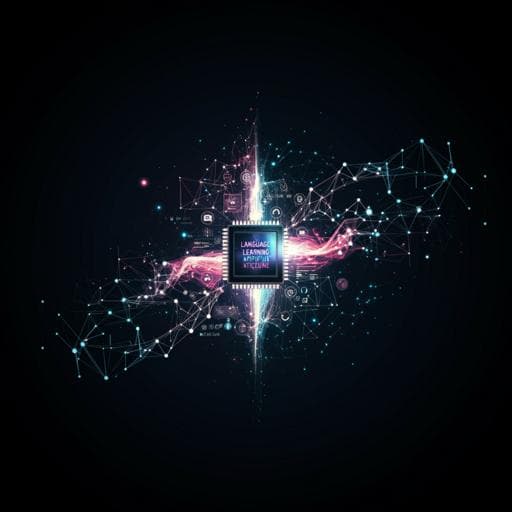
Linguistics and Languages
The effectiveness of ChatGPT as a lexical tool for English, compared with a bilingual dictionary and a monolingual learner's dictionary
R. Lew, B. Ptasznik, et al.
Discover how ChatGPT outperformed traditional dictionaries in enhancing English learners' lexical skills! This captivating study by Robert Lew, Bartosz Ptasznik, and Sascha Wolfer reveals groundbreaking insights into language acquisition techniques.
~3 min • Beginner • English
Related Publications
Explore these studies to deepen your understanding of the subject.







